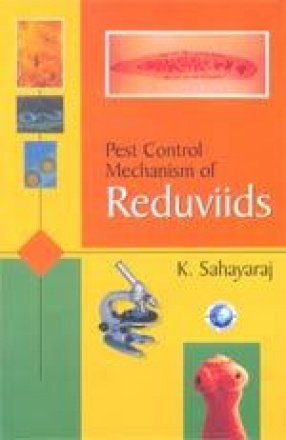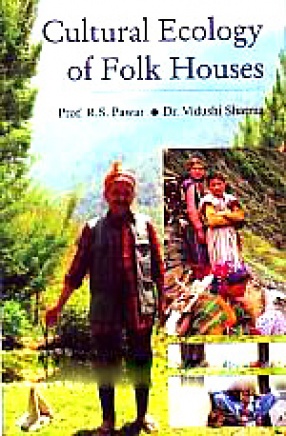This book has been designed to provide an overall understanding of all aspects related to the study of reduviid predators and its role in Integrated Pest management. The text is illustrated and presented in a simple, clean and lucid style. The first Chapter provides with nick names, morphological identification of reduviids, special characteristics and distribution od reduviids mainly in various agro-ecosystems. Second Chapter deals with the biology and reproduction of more than 50 hunter bugs from eight genuses such as, Apiomerinae, Reduviinae, Ectricodinate, Harpactorinae, Emecinae, Peiratinae, salyavatinae and Stenopodinae. Third Chapter describes the preys and reduviid interaction. Sal8ivary gland morphology, enzymes reported in the venom of reduviid predators, thweir potential utilization in agriculture and pharmaceuticals has been discusses in the chapyer entited Zoophagy of Hun5ter reduviids. Biologicval Control potential of hunter reduviids in the laboratory, pots, field cages and field is discussed in the fifth chapter. Sixth Chapter deals with the mass production of reduviids by factitious and natural preys and also by factitious and natural preys and also by oligidic diets. Bio-safety of synthetic and biological origin pesticides on hunter reduviids are included in the last chapter. The book will be useful guide to students, farmers, teachers and researchers in the field of pest management.
Pest Control Mechanism of Reduviids
In stock
Free & Quick Delivery Worldwide
Bibliographic information
Title
Pest Control Mechanism of Reduviids
Author
Edition
1st ed.
Publisher
Oxford Book Company, 2007
ISBN
8189473034
Length
xii+240p., Tables; Figures; References; Index; 23cm.
Subjects






There are no reviews yet.